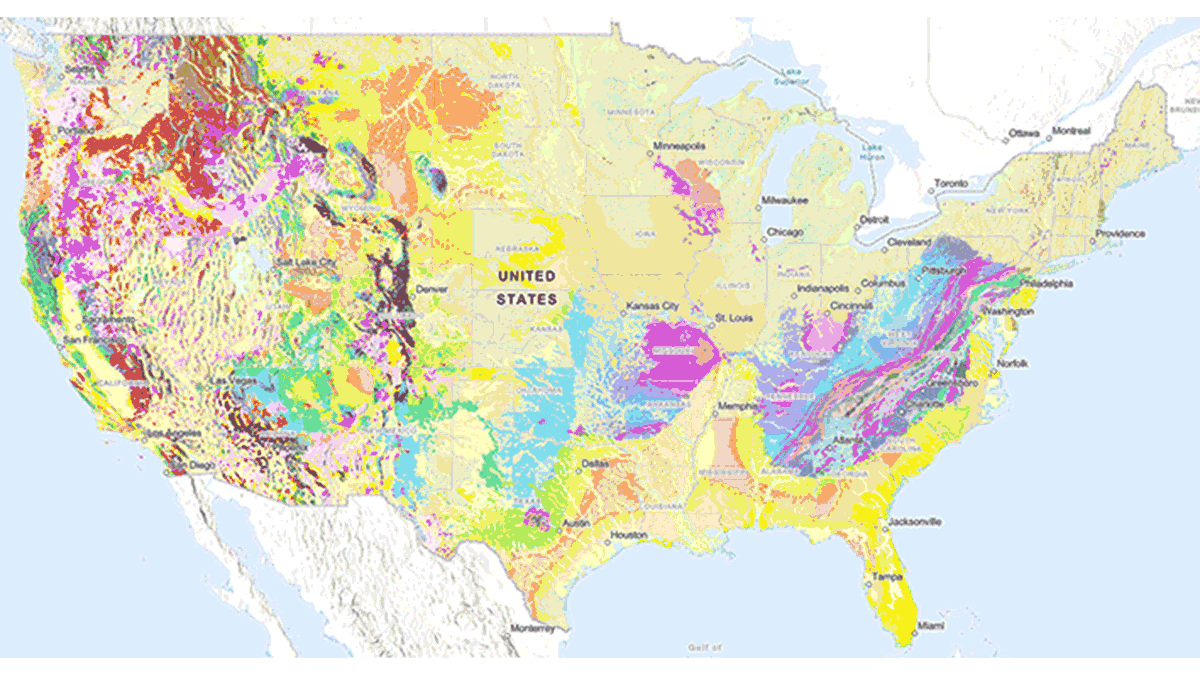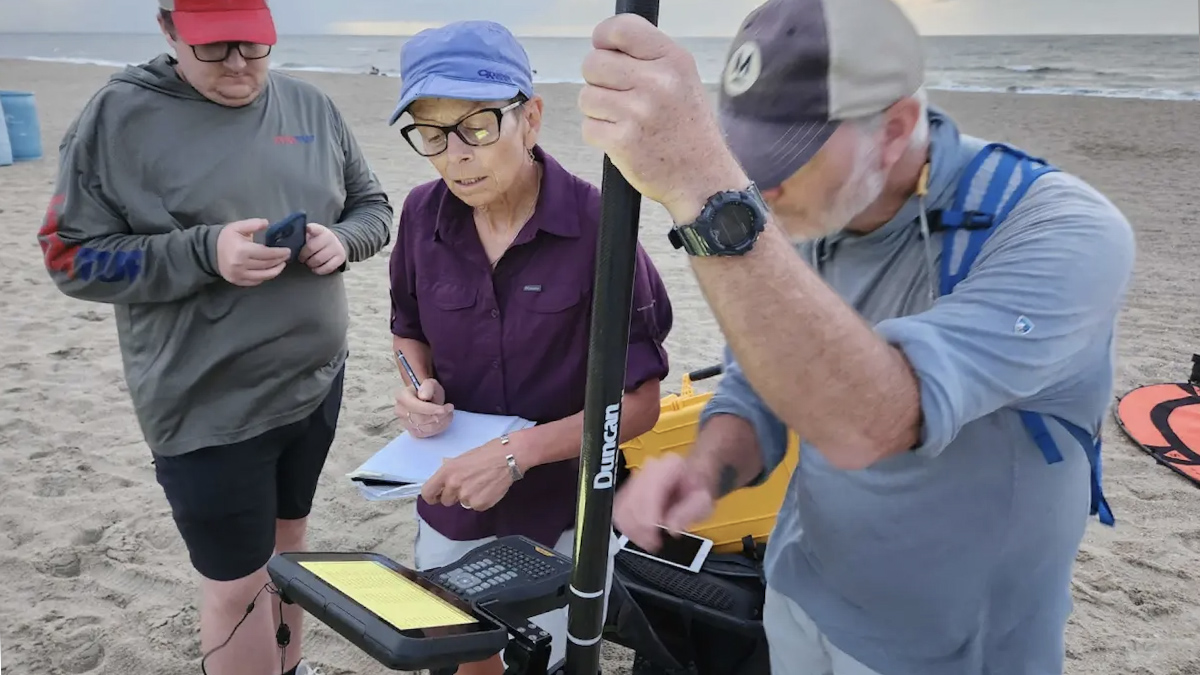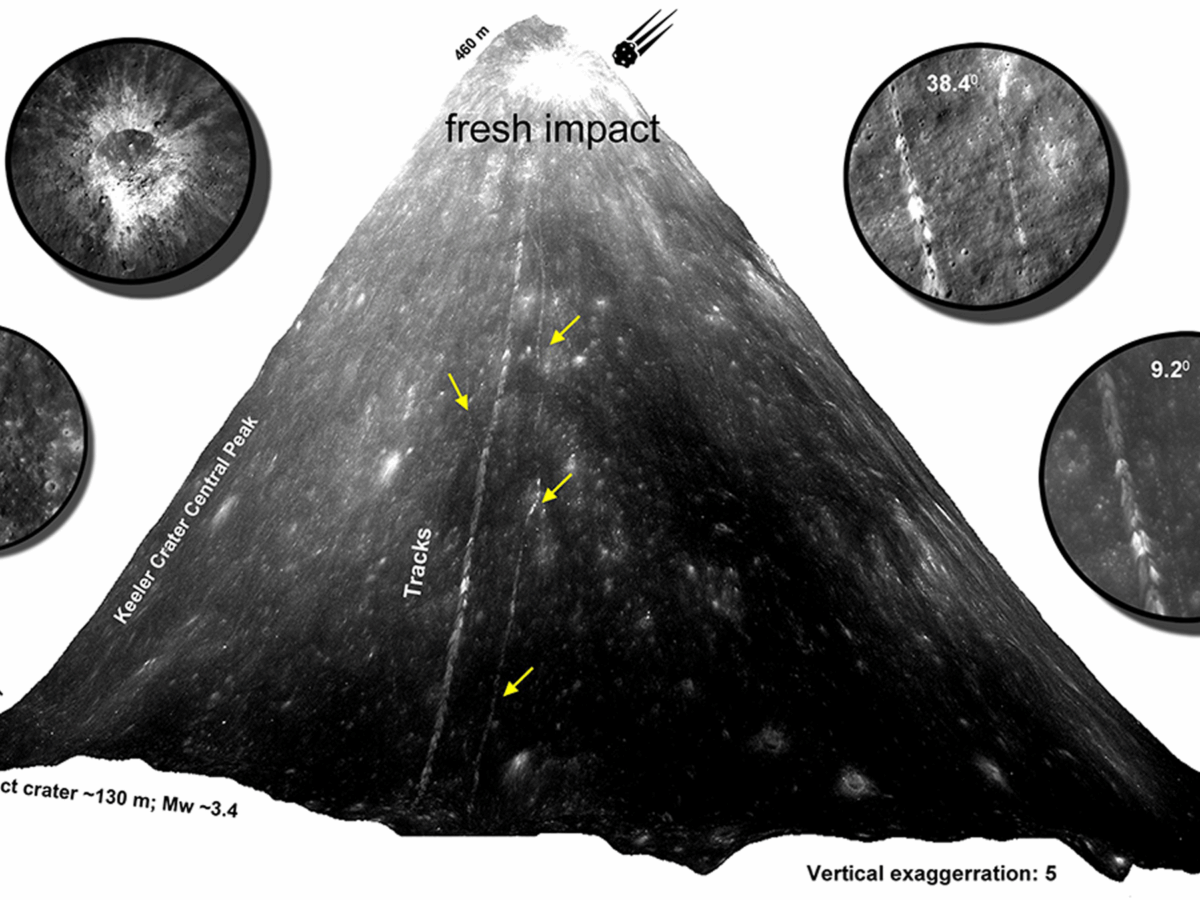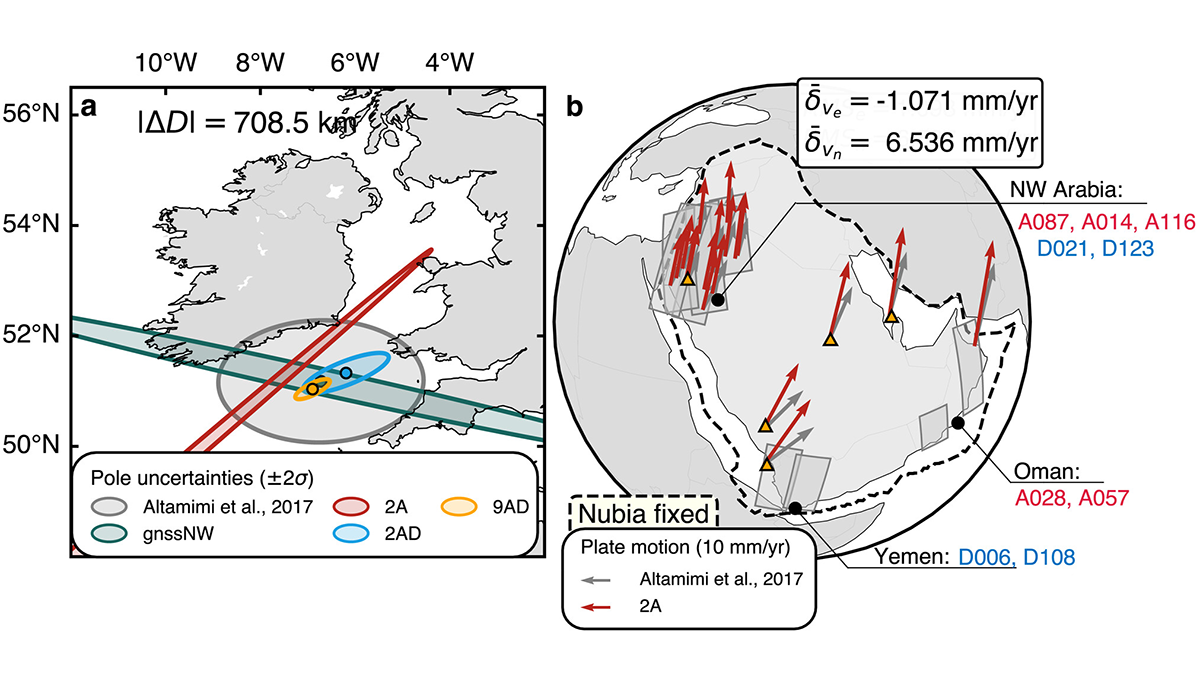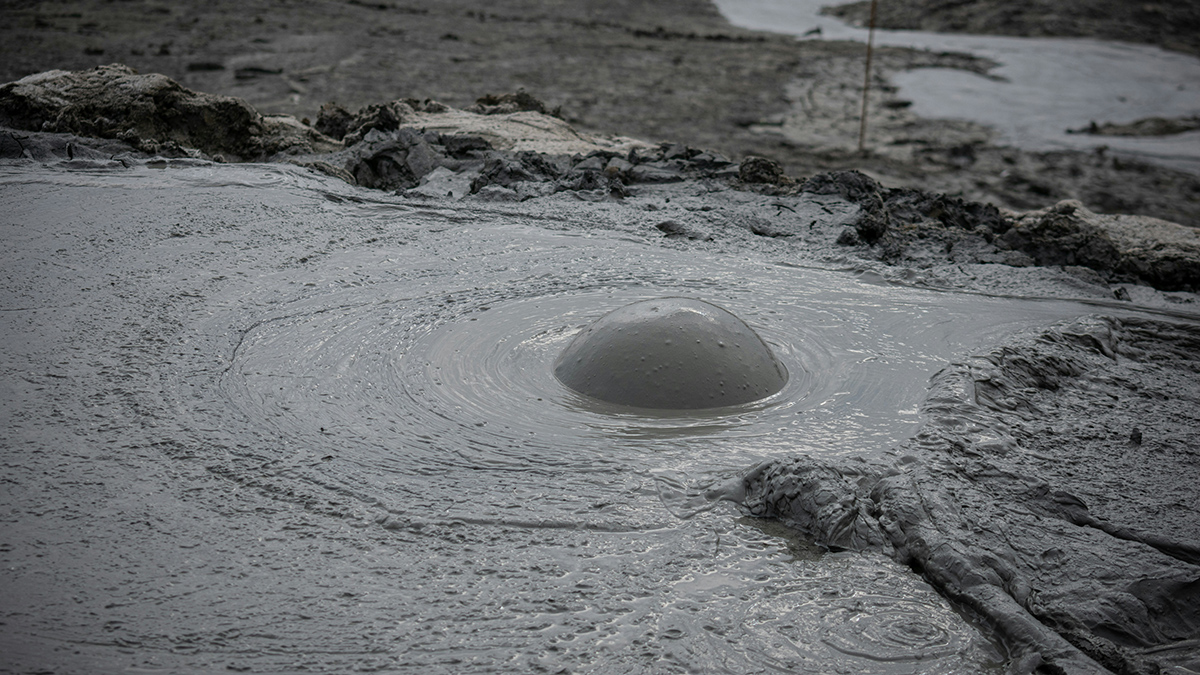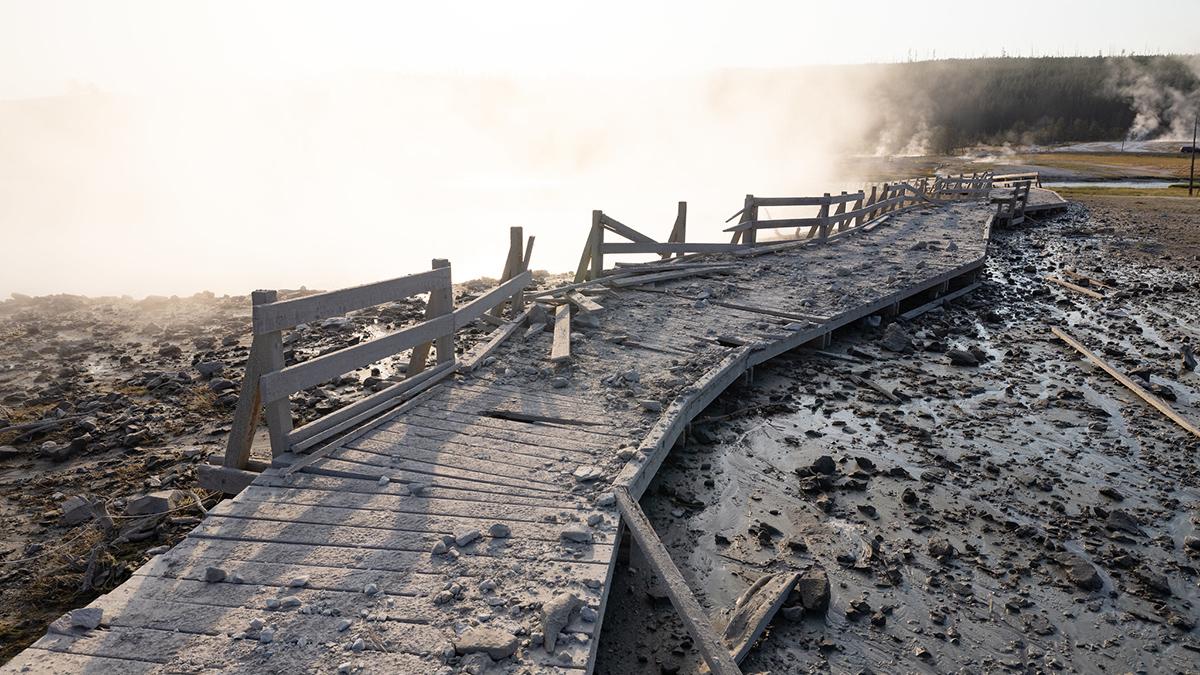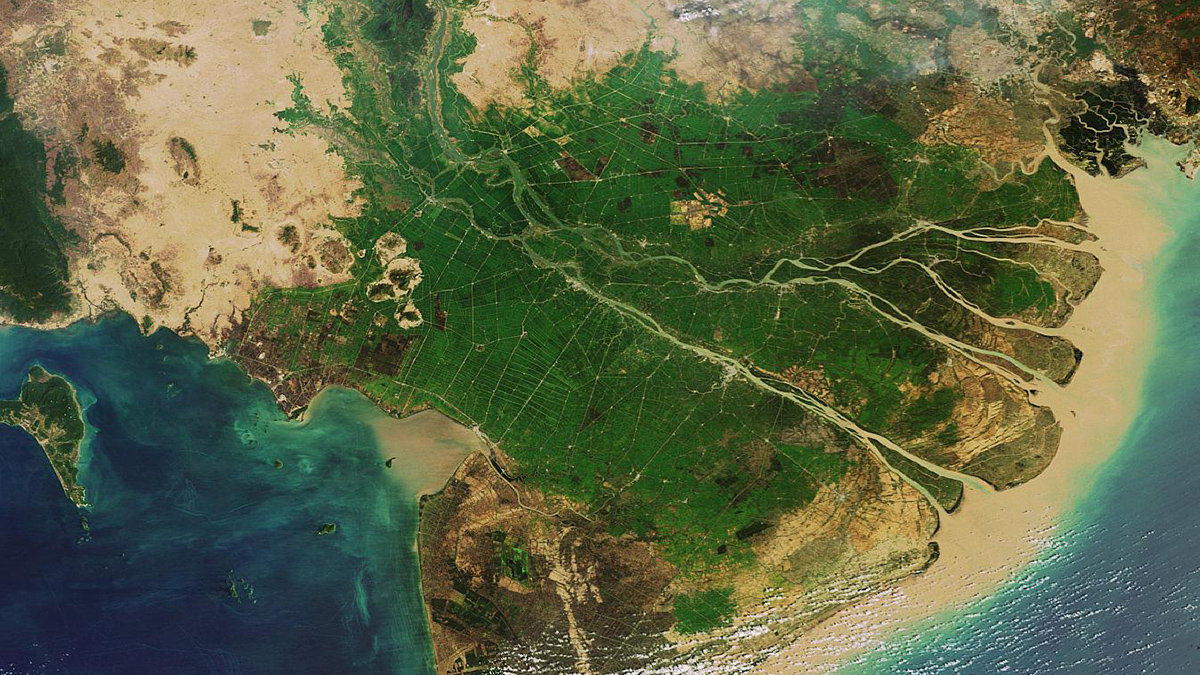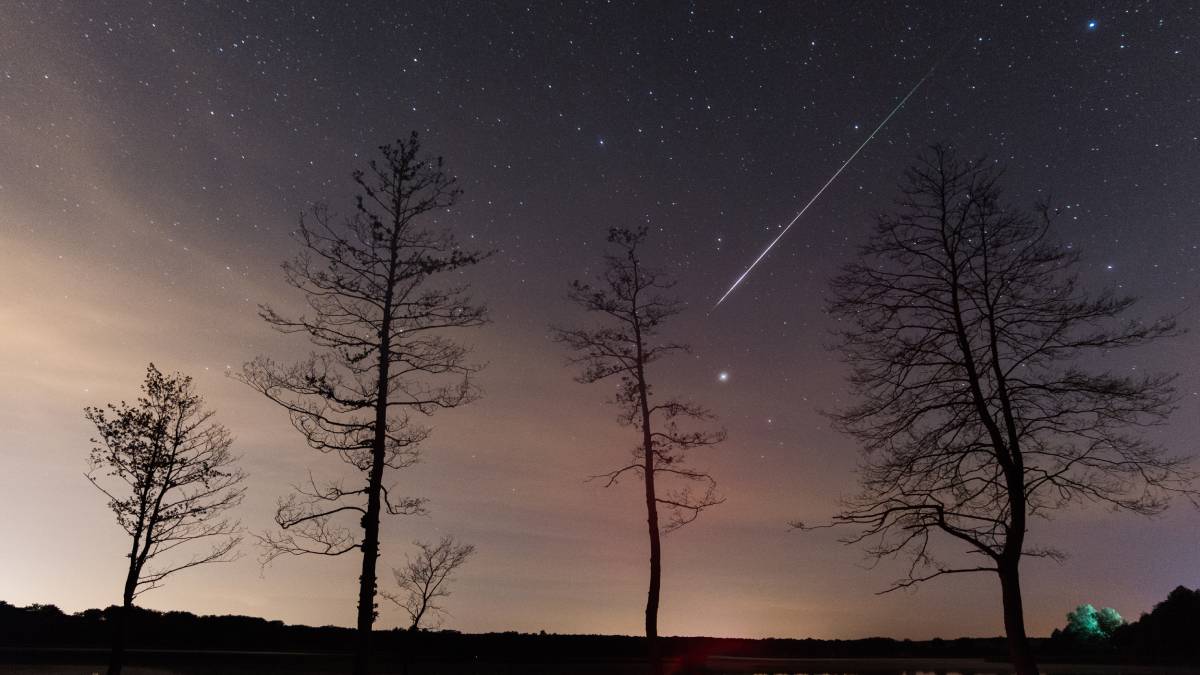The Cooperative National Geologic Map is an interactive tool that builds on both cutting-edge technology and decades of mapping by geoscientists.
mapping
Inside a Georgia Beach’s High-Tech Fight Against Erosion
Armed with drones and lasers, scientists are creating detailed 3D maps of Tybee Island’s shifting shoreline.
Scientists Track Down Fresh Boulder Falls on the Moon
By poring over thousands of satellite images, researchers geolocated 245 fresh boulder tracks, revealing signs of seismic activity or impact events within the last half-million years.
Mapping the Whereabouts of Continents
A new method integrates Interferometric Synthetic Aperture Radar (InSAR) with conventional ground geodetic networks, taking us closer to high-resolution mapping of plate motions.
Mapping Mud Volcanoes in Shallow Seas
A team of scientists put together a global database of submarine mud volcanoes. Orders of magnitude more are still bubbling, undiscovered, in the deep ocean.
Hydrothermal Hazards on Display in Yellowstone National Park
Tourists and officials were startled by a hydrothermal explosion at Black Diamond Pool in July 2024. Geoscientists are working out how and why it occurred to better understand these hazardous events.
As Climate Changes, So Do Gardens Across the United States
Warmer winter temperatures have altered frost patterns and growing seasons across the United States, forcing botanical gardens and arboretums to adapt.
New Global River Map Is the First to Include River Bifurcations and Canals
GRIT provides a much more detailed look at how rivers merge and split, which could enhance hydrological modeling, flood forecasting, and water management efforts.
Denver’s Stinkiest Air Is Concentrated in Less Privileged Neighborhoods
The bad odors of air pollution are difficult to regulate, but can pose significant health risks, reduce a home’s property value, and affect a homeowner’s peace of mind.
A Geologic Map of the Asteroid Belt
Scientists leveraged a global camera network and doorbell cameras to track dozens of meteorites to their asteroid families.

